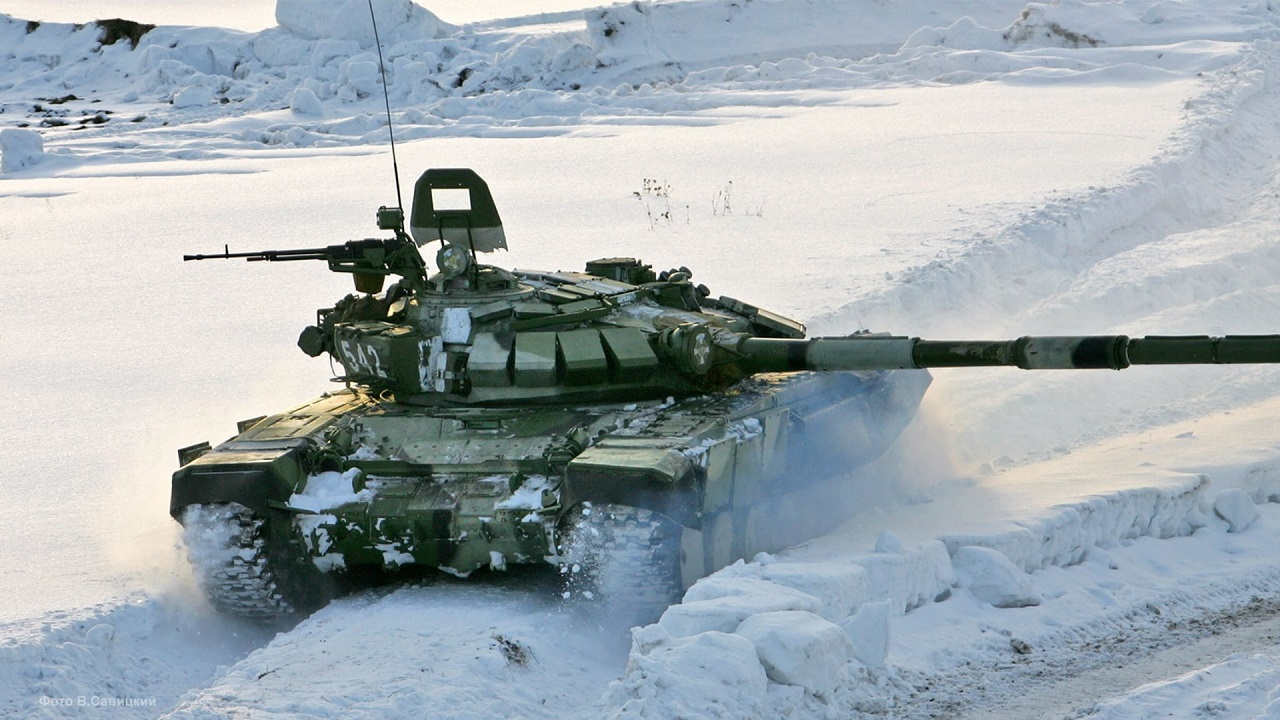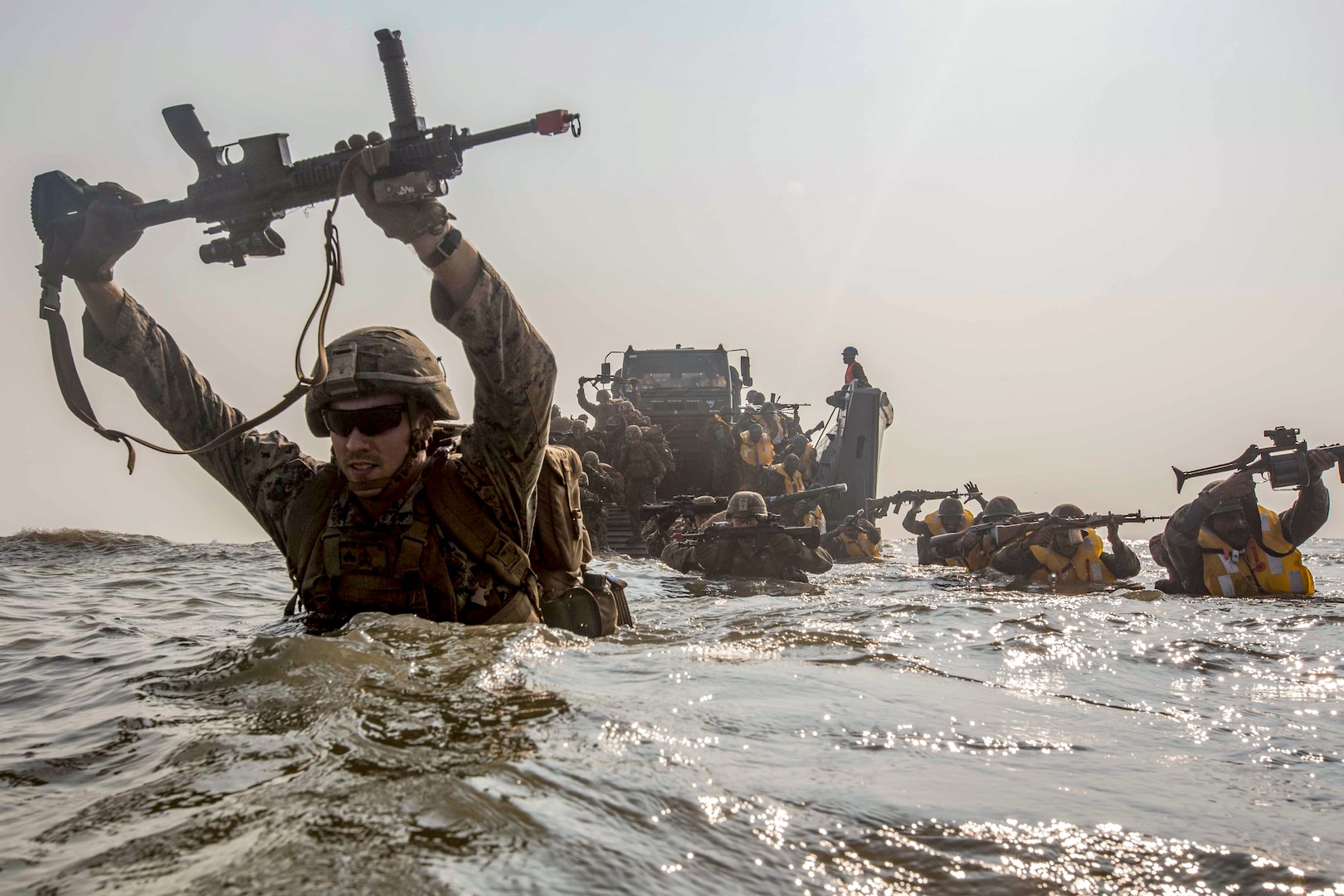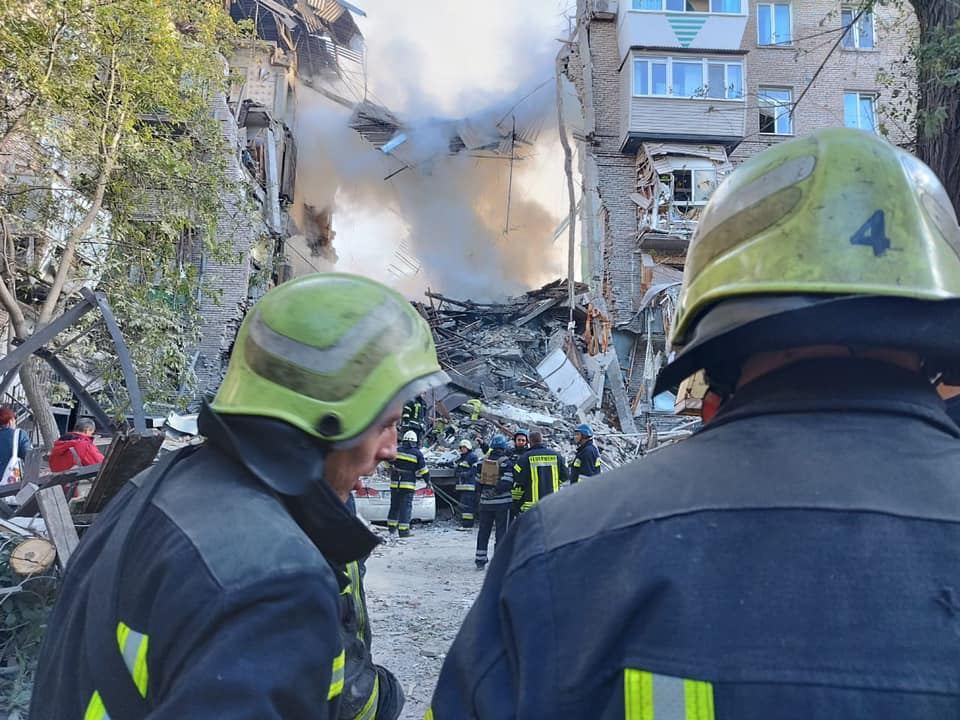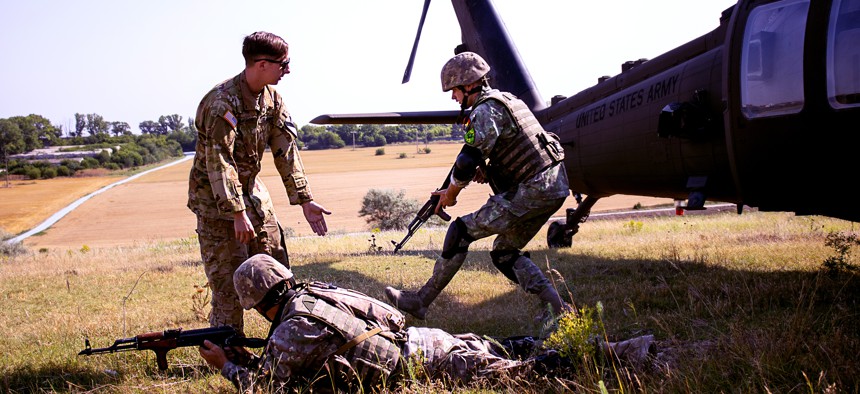Heather Williams
Nuclear weapons have been lurking in the background since the start of the Ukraine crisis on February 24. President Vladimir Putin has increasingly relied on nuclear threats in an attempt to prevent foreign intervention and signal to the United States and NATO that he is committed to winning the war in Ukraine. For example, on September 21, he stated, “Our country has different types of weapons as well, and some of them are more modern than the weapons NATO countries have. In the event of a threat to the territorial integrity of our country and to defend Russia and our people, we will certainly make use of all weapon systems available to us. This is not a bluff. . . . Those who are using nuclear blackmail against us should know that the wind rose can turn around.” To deter Putin from using nuclear weapons in Ukraine, the Biden administration has been forced to find a delicate balance of avoiding overt threats accompanied with private deterrence signals. One of the main reasons for this is to maintain NATO unity; some allies would prefer to see explicit threats against nuclear weapons use, and others would view such threats as escalatory and dangerous.
Q1: What is the role of nuclear weapons in the war in Ukraine?
A1: Putin has referred to nuclear weapons on at least three occasions since the invasion of Ukraine. On February 27, he ordered Russia’s nuclear forces be put on “special combat readiness,” leading some experts and news outlets to interpret this as “high alert” nuclear status, although in practice there were no noticeable changes to Russia’s nuclear forces. The second occasion was his September 21 speech, given in response to perceived nuclear threats from NATO. In the same speech, Putin announced the partial mobilization of up to 300,000 reservists, indicating Russia was losing ground in Ukraine and is being increasingly drawn into a quagmire. More recently in an October 3 address, Putin argued that the United States was the only country to have used nuclear weapons in war. “By the way, they created a precedent,” he ventured in an aside. This weak analogy neglects nearly 77 years of the nuclear taboo.


/cdn.vox-cdn.com/uploads/chorus_image/image/71489589/GettyImages_1131807240.0.jpeg)



:quality(70)/cloudfront-us-east-1.images.arcpublishing.com/archetype/JCFA4GKIEFA67JQOE6LEVSN5TA.jpg)


:quality(70)/cloudfront-us-east-1.images.arcpublishing.com/archetype/FQKFBYMI2REURH6JBU3Y3SGJA4.jpg)
:quality(70)/cloudfront-us-east-1.images.arcpublishing.com/archetype/SDQXQCGNHZHEFDP2WC66GLLSLE.jpg)







